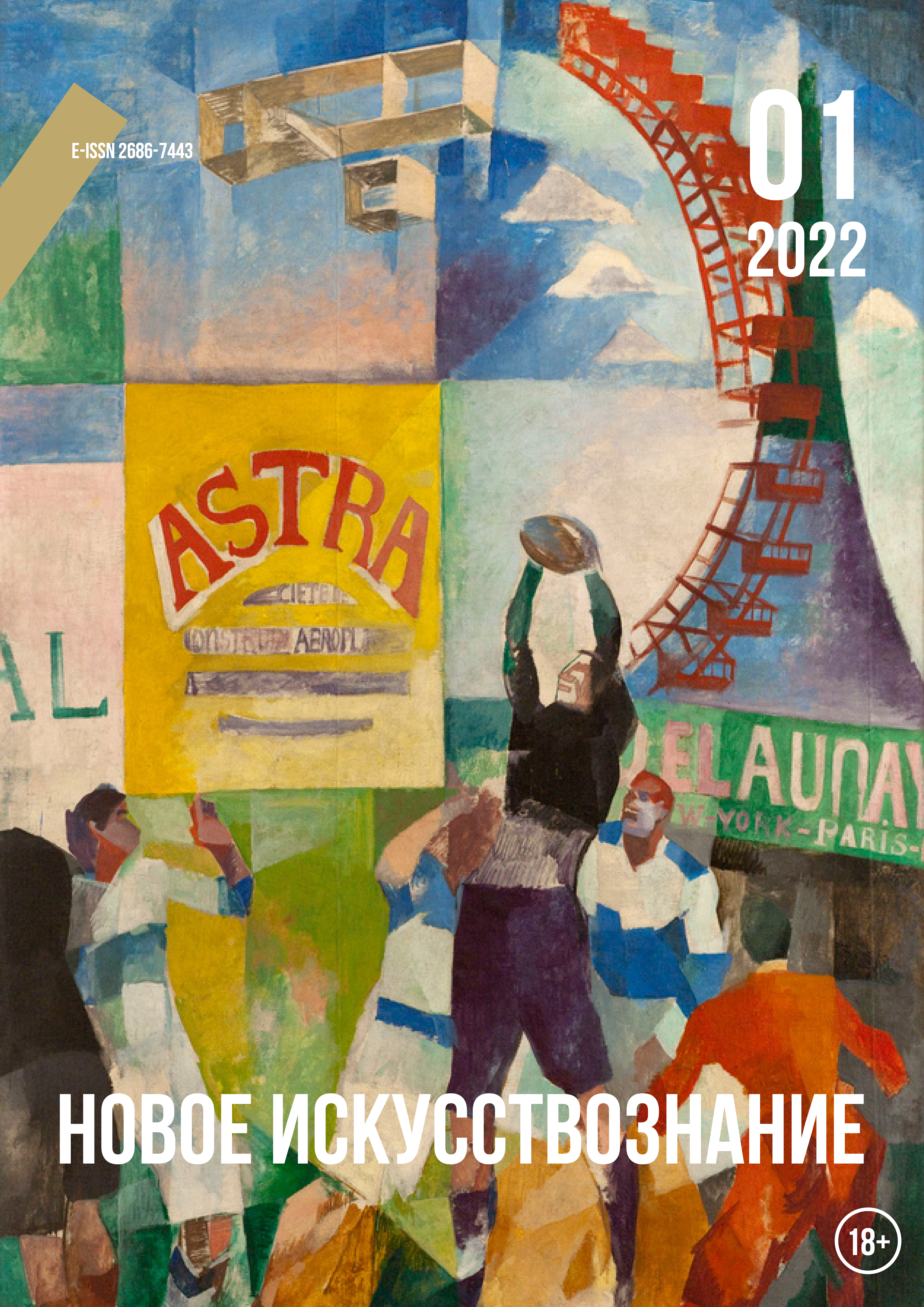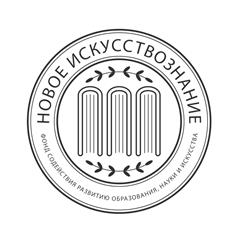ИЗОБРЕТАЯ МОДЕРНИЗМ. ЭМИЛЬ ЗОЛЯ И ВОПРОСЫ ТЕОРИИ ИСКУССТВА
Аннотация
Статья посвящена проблемам интерпретации теории и практики искусства модернизма. Корпус текстов Эмиля Золя (литературно-художественные и теоретические работы) рассматриваются в связи с возникновением модернистского дискурса. Особое внимание уделяется сравнительной характеристике текстов Золя и Фридриха Ницше как двух основоположников современного искусства и авангардистской теории. Дается оценка сложившейся терминологической номенклатуре (реализм, натурализм, символизм, декаданс) в области изучения модернистского искусства и литературы ХIХ в. Центральное место в статье занимает проблема бессознательного и анализ биологического дискурса, позволяющего связать между собой различные направления модернистского искусства. Автор приходит к выводу, что литературное и теоретическое творчество Эмиля Золя имеет большое значение для реконструкции философских и иконологических программ модернизма. Более того, без полноценного обращения к работам Золя невозможно изучение источников и основных мифологем философии и теории искусства постмодернизма (Бодрийяр, Делез, Гваттари).
Литература
Anikst, A. (1976) ‘Zola and Art’ in Chegodaev, A. D. Impressionisty, ikh sovremenniki, ikh soratniki [The Impressionists, Their Contemporaries and Associates]. Moscow: Iskusstvo Publ., pp. 149–222. (in Russian)
Brady, P. (1968) “L’oeuvre” de Emile Zola. Genève: Droz, 1968. (in French)
Charle, Ch. (2005) Intellektualy vo Frantsii. Vtoraia polovina 19 veka [The Intellectuals in France. The Second Half of the 19th Century]. Moscow: Novoe izdatel’stvo Publ. (in Russian)
Deleuze, G., Guattari, F. (1996) What Is Philosophy? New York: Columbia University Press.
France, A. (1921) ‘La Terre’, La Vie littéraire. Calmann-Lévy, 1re série, pp. 225–238. Available at: https://fr.wikisource.org/wiki/La_Vie_litt%C3%A9raire/1/La_Terre (accessed: 25 January 2022). (in French)
Iavorskaia, N. V. (1972) ‘Cézanne in the Circle of His Contemporaries’ in Iavorskaia N. V. (ed.) Pol’ Sezann. Perepiska. Vospominaniia sovremennikov [Paul Cézanne. Writings. Memoirs of Contemporaries]. Moscow: Iskusstvo Publ., 1972, pp. 3–46. (in Russian)
Ioffe, I. I. (2010) Izbrannoe: Sinteticheskaia istoriia iskusstv [Selected Works: Synthetic History of Arts]. Moscow: Govoriashchaia kniga Publ. (in Russian)
Nietzsche, F. (1993) Stikhotvoreniia. Filosofskaia proza [Poems. Philosophical Prose]. Saint Petersburg: Khudozhestvennaia literatura Publ. (in Russian)
Nordau, M. (1995) Vyrozhdenie. Sovremennye frantsuzy [Degeneration. Modern French]. Moscow: Respublika Publ. (in Russian)
Rossi, R. J. (2015) ‘The Allure of Disgust: Rural Decadence in Zola’s La Terre’ [Online], Excavatio, 25. Available at: http://aizen.zolanaturalismassoc.org/excavatio/articles/v25/PDF3_FRossi.pdf (accessed: 25 January 2022).
Trotter, D. (1996) ‘Modernity and Its Discontents: Manet, Flaubert, Cézanne, Zola’, Paragraph, 19(3), pp. 251–271.
Zola, É. (2019) Oeuvres completes. Paris: Arvensa Editions. (in French)


